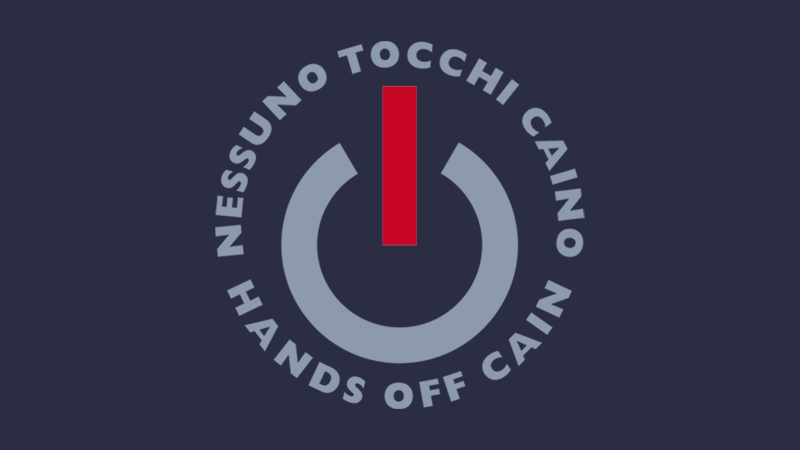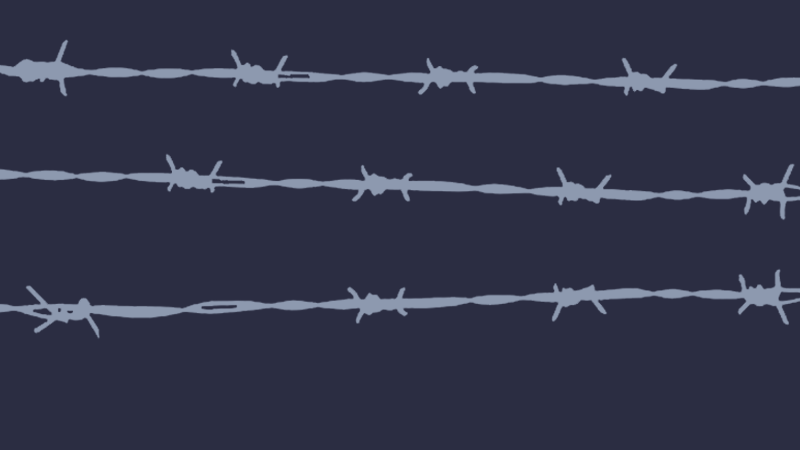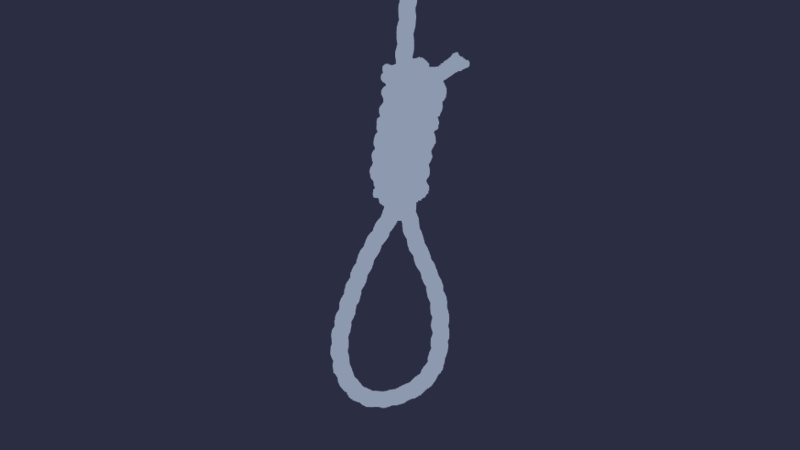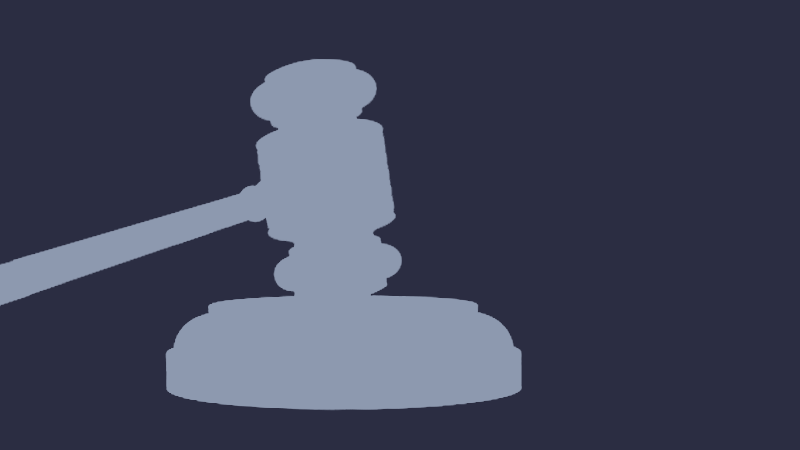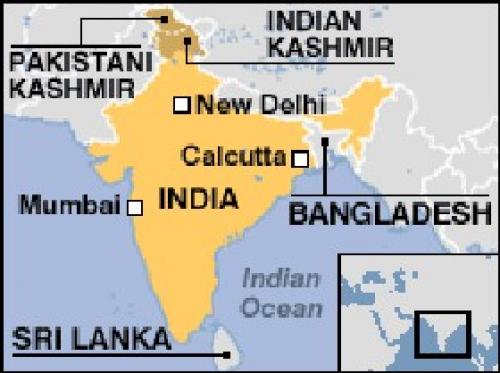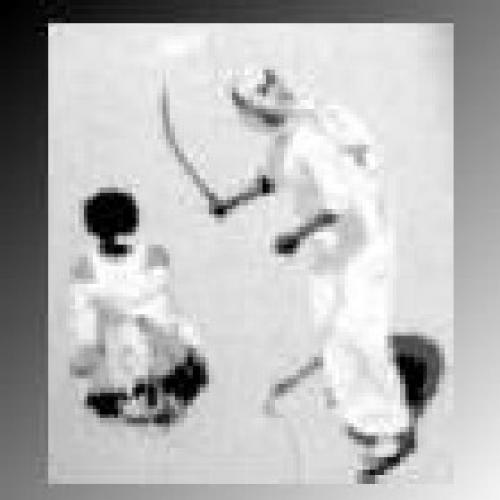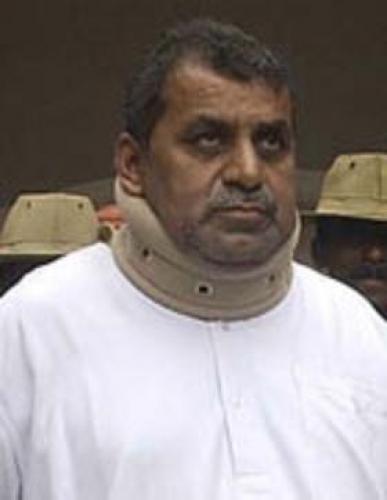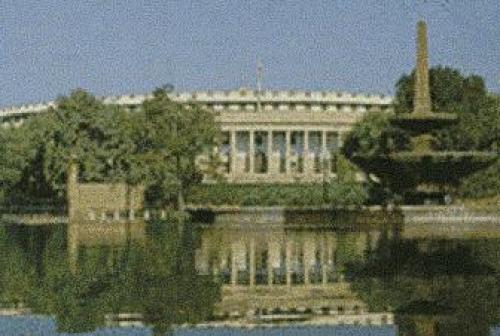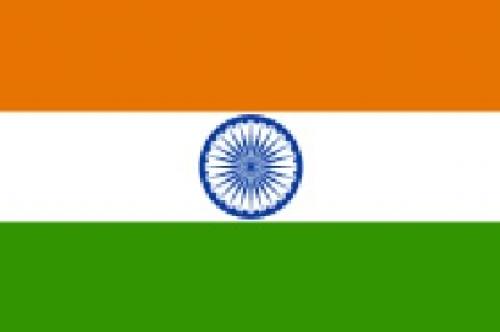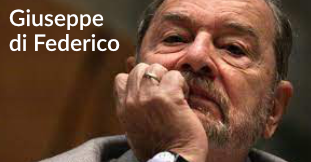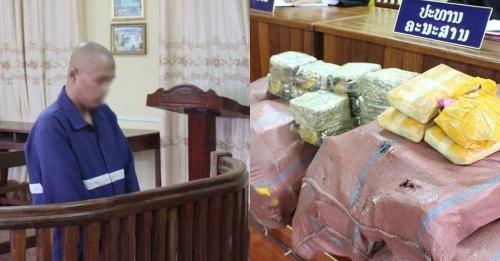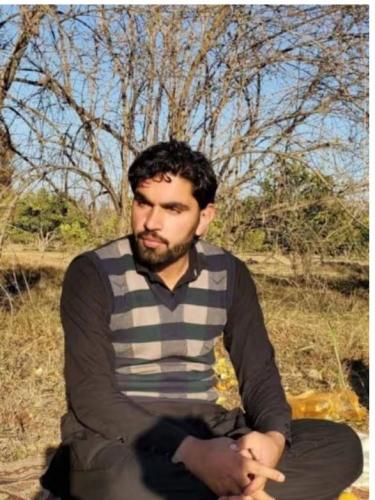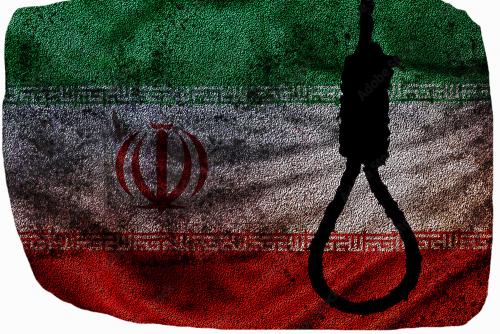government: Parliamentary democracy
state of civil and political rights: Free
constitution: 26 January 1950
legal system: based on English common law; limited judicial review of legislative acts
legislative system: bicameral Parliament (Sansad) consists of the Council of States (Rajya Sabha) and the People's Assembly (Lok Sabha)
judicial system: Supreme Court, judges are appointed by the president and remain in office until they reach the age of 65
religion: 80% Hindu; 11% Muslim; 2% Christian; 2% Sikh; Buddhist and other minorities
death row: 1.140 (as of 2003 according to National Crime Records Bureau)
year of last executions: 0-0-0
death sentences: 88
executions: 0
international treaties on human rights and the death penalty:International Covenant on Civil and Political Rights
Convention on the Rights of the Child
Convention Against Torture and Other Cruel, Inhuman or Degrading Treatment or Punishment (signed only)
situation:
The death penalty is provided for by the Penal Code and by Art. 21 of the Constitution which states: "No person may be deprived of their life or personal freedom except in cases established by law."
Death-qualifiable offences are conspiracy against the Indian Government; desertion or attempted desertion; murder or attempted murder; inducement to suicide of a minor or a mentally-retarded person. The death penalty is not mandatory for these crimes. Section 303 of the Indian Penal Code (IPC) prescribes the death penalty alone with no alternative in cases where a convict serving a life sentence commits murder. The court under this section cannot exercise its discretion and award a lesser sentence.
The death penalty is also applicable under the military statutes (Army Act, 1950, Air Force Act, 1950, Navy Act, 1956).
In 1987 India passed the Commission of Sati Prevention Act which prescribes the death penalty for people found guilty of instigating sati, or sacrificial suicide by the widow, in cases where the suicide is successful.
The December 1988 Narcotic Drugs and Psychotropic Substances Amendment Act makes a second conviction for drug-trafficking a capital offence.
Special courts applying the Terrorist Affected Areas Special Courts Act, 1984, and the Prevention of Terrorism Act (POTA), 2002, were empowered to impose the death sentence for terrorism. The latter law, which had broadened the scope of the death penalty, was repealed by Parliament on December 9, 2004 by voice vote amidst a walkout by the Bharatiya Janata Party (BJP), the main Opposition party. The Hindu nationalist BJP had brought in the law after an attack on the Indian parliament in December 2001, when it was in government. The BJP was voted out of power in May 2004 general elections, and the Congress-led Cabinet decided to repeal the controversial law on August 10, 2004.
The Congress Party had consistently said POTA was misused and criticized it as draconian. The stringent law had provided for capital punishment for terrorist killings, 90 days of detention without trial, Special Courts to deal with terrorist cases and powers to police to intercept communication which could be later presented as evidence in court.
The law was intended mainly to combat Islamic militants in India’s portion of Kashmir, where guerrilla groups were fighting for the region’s independence or its merger with mostly Muslim Pakistan.
POTA was replaced by the Unlawful Activities (Prevention) Bill, which amended the Unlawful Activities (Prevention) Act, 1967 to cover terrorism. The Bill provides that people convicted of terrorism will be punishable by the death penalty or life imprisonment and fine for any act which results in loss of life. Under the Bill, anyone threatening unity, integrity, security or sovereignty or striking terror in the people in India or in any foreign country by using bombs, dynamite or other explosive or inflammable substances or firearms or other lethal weapons causing or likely to cause death is liable for punishment.
The Lok Sabha, the Lower House of India’s bicameral Parliament, had approved both Bills on December 6, 2004.
The fight against terrorism was behind a bilateral extradition treaty between India and France signed in January 2003. The treaty involved Indian assurances that criminals would not be given capital punishment upon extradition from France.
In an attempt to limit the use of the death penalty in India, Art. 354 of the criminal procedure law establishes that: "The sentences must be motivated and the death sentences must illustrate the particular reasons that led to the decision."
A landmark judgement by the Constitution Bench of the Supreme Court, in Bachan Singh v State of Punjab, held that the death sentence as a punishment should be given only in the "rarest of rare" cases.
While Indian law allows death penalty for males above 16, Article 6 (5) of the International Covenant on Civil and Political Rights, which India ratified in 1979, and Article 37 of the Convention on the Rights of the Child, ratified by India in 1992, make the minimum age 18 years.
The Indian legislative system provides for different levels of appeal, and death sentences are frequently commuted to life imprisonment upon appeal. The President also has the power to issue pardons.
India’s first reported execution since 1995 took place on August 14, 2004 in Calcutta. Dhananjoy Chatterjee, 39, was hanged at dawn at the Alipore Central Jail where he had spent his last 13 years in solitary confinement. Chatterjee had been convicted in 1991 for the 1990 rape and murder of 16-year-old Hetal Parekh, who lived in the building where he worked as a security guard.
India keeps no official statistics on the number of death sentences and executions, nor on the number of people on death row. The last reported executions prior to the August 2004 one had taken place in 1995, when five people were hanged. A well-remembered execution was that of Nathuram Godse, the man condemned for assassinating India’s founding father Mahatma Gandhi. It took him 15 minutes to die as he dangled from the rope. A similar fate, in 1989, awaited Kehar Singh and Satwant Singh, convicted of the 1985 assassination of Prime Minister Indira Gandhi.
Mahatma Gandhi had been a firm opponent of the death penalty.
“I cannot in all conscience agree to anyone being sent to the gallows. God alone can take life because he alone gives it.”


